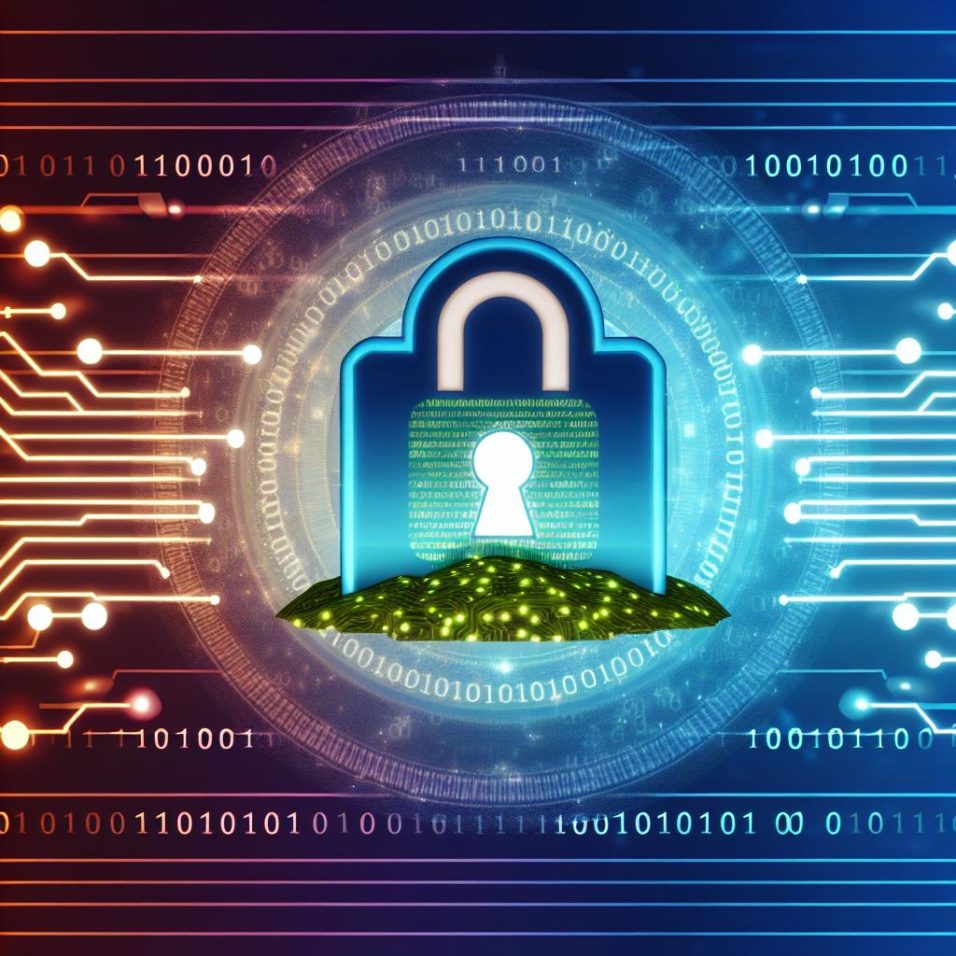The Broad Landscape of WordPress Security
WordPress continues to be the platform of choice for content creators worldwide, renowned not just for its ease of use but also its customizable nature. However, with over a third of all websites powered by WordPress, it is naturally a lucrative target for cybercriminals. As a result, it becomes incumbent upon every site owner to prioritize WordPress security and protect their digital domain from unauthorized access and potential breaches.
Engage With a Trustworthy Hosting Platform
Security should be a key consideration when selecting your hosting provider. Opt for companies that offer robust security measures and advanced features such as automated daily backups to external storage, real-time malware scanning, and DDoS protection. It’s also beneficial to choose a host with a reputation for excellent customer service, ensuring assistance is readily available in case of any security incidents.
The Imperative of Consistent Updates
Emphasizing the significance of maintaining an up-to-date WordPress system cannot be overstated. With every update, security vulnerabilities are addressed, and new features are introduced to enhance both functionality and safety. Beyond just the core WordPress updates, your duty extends to updating themes and plugins as well.
Proactive Management of WordPress Asset Updates
Regularly scheduled maintenance sessions should include checks for theme and plugin updates. Stay alert to the support lifetime of plugins, and prioritize those receiving consistent updates from their developers. As an additional step, consider joining community forums or subscribing to newsletters for alerts about any security advisories related to your currently installed themes and plugins.
The Art of Password Management
Passwords act as the first line of defense in the digital world. Employing strong, unique passwords is foundational to your website’s security. Use a password manager tool like LastPass or 1Password to effortlessly manage this critical aspect, generating passwords that include a mix of letters, numbers, and special symbols to thwart unauthorized access attempts.
Revolutionize Username Strategies
Diversify your risk profile by removing the default “admin” username and creating a more unique identifier for administrative access. This reduces the likelihood of automated attacks successfully guessing your login credentials.
Implement Layered Security Tactics
Adopting a layered approach to security enhances your overall defense mechanism. Integrate two-factor authentication (2FA) to fortify login security and make unauthorized access exceedingly difficult. Combine this with tools to limit brute force login attempts, significantly enhancing your site’s security posture.
Deploying Advanced Firewalls
Incorporate a Web Application Firewall (WAF) into your site’s defense arsenal. Available solutions like Wordfence or Sucuri offer robust protections capable of blocking malicious traffic, preventing direct script access, and alerting you to threat indicators in real-time.
Sensitive Data Safeguarding
The wp-config.php file contains sensitive information imperative to the operation of your WordPress site, including database details and key salts. Alter the file permissions to a restrictive setting and, if possible, relocate the file to increase security. Furthermore, restrict access to ensure only trusted users can modify these settings.
Address Hidden Vulnerabilities
Disabling directory listing through the addition of Options -Indexes within the .htaccess file serves as a straightforward yet effective method to conceal file structures from prying eyes, preventing unintended information disclosure.
Backup Strategies as a Safety Net
Despite the most stringent security measures, unforeseen vulnerabilities may yet appear. As such, implementing a comprehensive backup strategy with tools like UpdraftPlus ensures your WordPress site’s data can be swiftly restored in the event of a successful attack. Configuring these to perform regular, automated backups further contributes to maintaining operational continuity.
Vigilance and adaptation to evolving cyber threats are key to a secure WordPress platform. By implementing the measures prescribed herein and routinely evaluating your security strategy, you secure not only your site’s data but its reputation and user trust as well.

